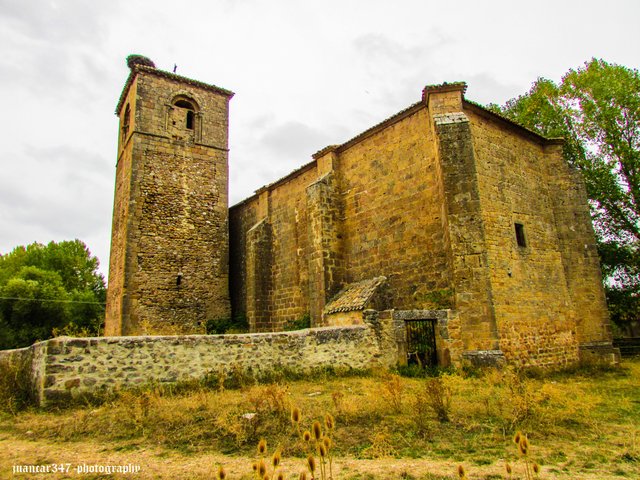[ENG-SPN] Renieblas: a loop in time / Renieblas: un bucle en el tiempo
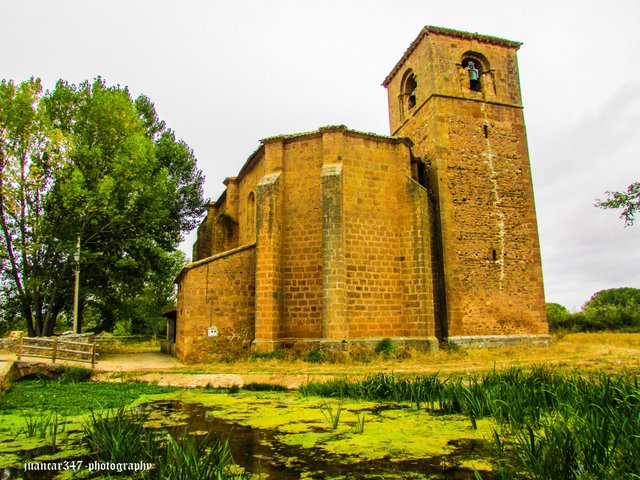
There are still places, unusually lost in that microcosmic sacred geography, which, after all, we could consider to be Soriana Celtiberia, where History, ineffably subject to the mysterious codes that mark incomprehensible properties in something as subjective as time, they seem to maintain an eternal loop, where yesterday and today, as that metaphysical labyrinth navigator Jorge Luis Borges thought, far from maintaining a distant posture, like ill-matched lovers, come together in solidarity to continue being the still. Thousands of years after Scipio's legions had here, in this swampy terrain, one of the many camps that surrounded the charismatic inhabitants of a city sadly famous for the epic drama of its singular resistance, Numantia, there were modern legions, such as the Litorio Division, which, carrying the same emblems as their ancestors, settled here again, as a firewall for an army, this one republican, firmly established in the lands of neighboring Guadalajara and especially in that fiefdom of loose mitres, which was a monumental capital like Sigüenza.
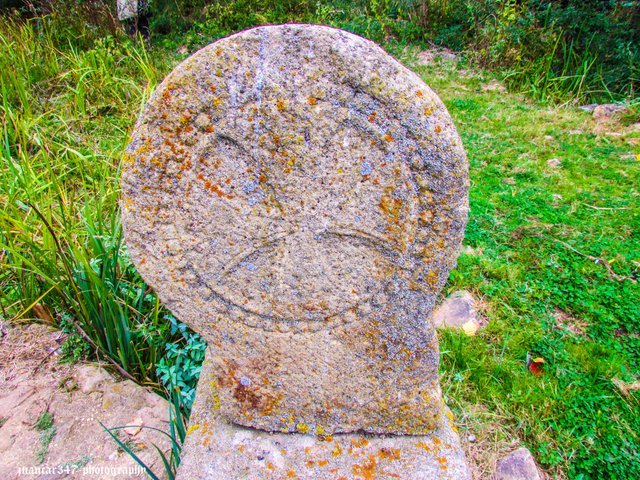
But it also seems that it had some importance in medieval times and the presence is not at all ruled out, in those times when Christians and Muslims crushed each other, in that prelude to the Crusades, which was, without a doubt, the Reconquista, of a religious-military order of chivalry, whose symbols of recognition, as the mysterious Master Roncellín would say, are not only found scattered in the few funerary steles, which, in a pious, if not miraculous, way, have survived the sovereign avidity of a multitude of looters or in the surrounding remains of a church, whose floor plan was altered in modern times, but whose apse still preserves traces of that innovative style, the Gothic, which, from the mid-12th century, became a lighthouse of the Western culture. To such an extent that still, in the town, any curious person can find a street dedicated to the Templars and also the memory, not far from where they probably performed their secret ceremonies, of the visit of one of the fathers of modern Archaeology, who, as a good connoisseur of the mud he entered, saw, in these apparently unknown towns, an unimaginable vein to recover fragments of a History, unusual but, paradoxically, rich in events: Adolph Schulten.
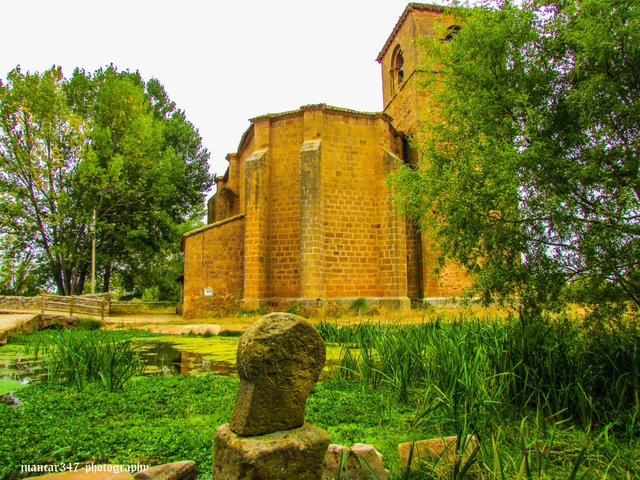
Todavía quedan lugares, inusualmente perdidos en esa microcósmica geografía sagrada, que, después de todo, podríamos considerar que es la Celtiberia soriana, donde la Historia, sujeta inefablemente a los misteriosos códigos que marcan incomprensibles propiedades en algo tan subjetivo, como es el tiempo, parecen mantener un eterno bucle, donde el ayer y el hoy, como pensaba ese metafísico navegante de laberintos que fuera Jorge Luis Borges, lejos de mantener una postura distante, como amantes mal avenidos, se solidarizan para continuar siendo el todavía. Miles de años después de que las legiones de Escipión tuvieran aquí, en este terreno pantanoso, uno de los múltiples campamentos que cercaron a los carismáticos habitantes de una ciudad tristemente famosa por el drama épico de su singular resistencia, Numancia, hubo legiones modernas, como la División Litorio, que, portando los mismos emblemas que sus antepasados, volvieron a asentarse aquí, como cortafuegos de un ejército, éste republicano, firmemente asentado en tierras de la vecina Guadalajara y especialmente en ese feudo de holgadas mitras, que fue una capital monumental como Sigüenza.
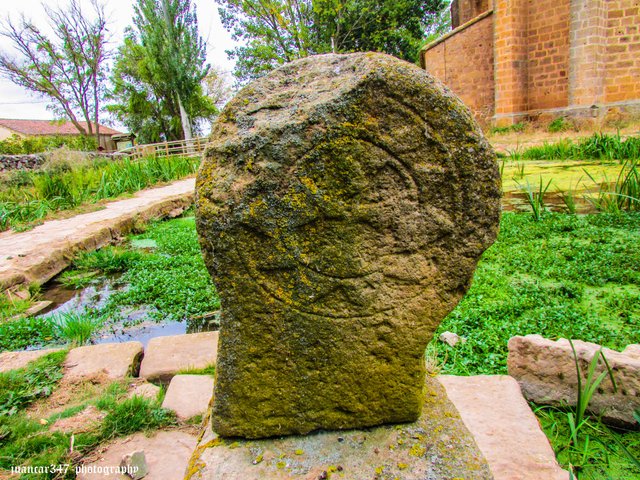
Pero también parece que tuvo cierta importancia en época medieval y no se descarta, en absoluto, la presencia, en aquellos tiempos en los que cristianos y musulmanes se machacaban mutuamente, en ese preludio de las Cruzadas, que fue, no cabe duda, la Reconquista, de una orden de caballería, religioso-militar, cuyos símbolos de reconocimiento, como diría el misterioso Maestro Roncellín, no sólo se encuentran esparcidos en las escasas estelas funerarias, que, de manera piadosa, cuando no milagrosa, han sobrevivido a la soberana avidez de multitud de expoliadores o en los restos aledaños de una iglesia, cuya planta se vio alterada en tiempos modernos, pero cuyo ábside todavía conserva trazas de ese estilo innovador, el gótico, que, a partir de mediados del siglo XII, se constituyó en faro cultural de Occidente. Hasta tal punto, de que todavía, en el pueblo, cualquier curioso puede encontrar una calle dedicada a los Templarios y también el recuerdo, no muy lejos de donde éstos probablemente realizaran sus ceremonias secretas, de la visita de uno de los padres de la moderna Arqueología, que, como buen conocedor de los barros donde se metía, vio, en estos pueblos, aparentemente desconocidos, un filón inimaginable para recuperar fragmentos de una Historia, insólita pero, paradójicamente, rica en acontecimientos: Adolph Schulten.
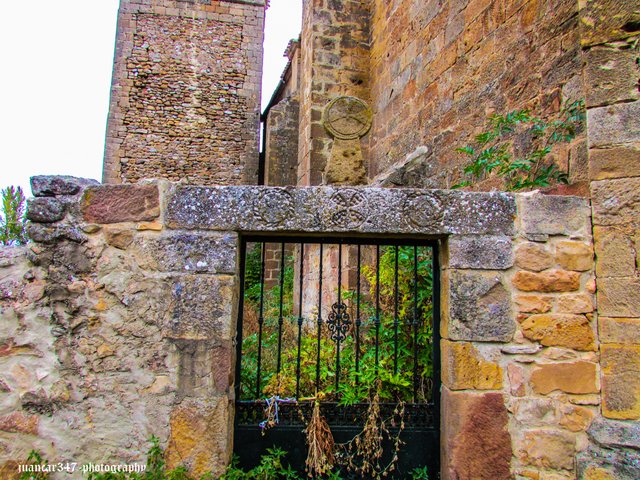
NOTICE: Both the text and the accompanying photographs are my exclusive intellectual property and are therefore subject to my Copyright.
AVISO: Tanto el texto, como las fotografías que lo acompañan, son de mi exclusiva propiedad intelectual y por lo tanto, están sujetos a mis Derechos de Autor.
